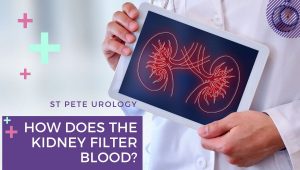 Many people do not realize how vital their kidneys are to their overall health until an issue arises and they need to seek medical care. Knowing what your kidneys do and how they function can go a long way toward maintaining good health before a problem occurs or understanding the treatment process once you are under a urologist’s supervision.
Many people do not realize how vital their kidneys are to their overall health until an issue arises and they need to seek medical care. Knowing what your kidneys do and how they function can go a long way toward maintaining good health before a problem occurs or understanding the treatment process once you are under a urologist’s supervision.
What Do My Kidneys Do?
Your kidneys are basically your body’s filtration system. Every minute, approximately half a cup of blood flows through them. As the blood flows through, waste products are removed, as is excess water; the levels of minerals and salt are also adjusted if need be. Although around 150 quarts of blood are filtered by your kidneys every day as it continually cycles through your body, only about 1-2 quarts of urine are produced from the waste products and excess water. The urine then flows to the bladder through a tube called the ureter.
How Do My Kidneys Work?
Inside each kidney, there are about a million tiny filtration units called nephrons. The nephrons are made up of a filter called a glomerulus and a tube called a tubule. Blood flows through the glomerulus, where waste and excess water or minerals are filtered out. The tubule then sends the filtered substances to collect in the kidneys before flowing through the ureter to the bladder, while the newly-filtered blood is returned to the rest of the body. There are so many nephrons in your kidneys that even if more than half of them are no longer working, you may not notice any issues or symptoms.
What Happens If Something Goes Wrong?
Many things can occur to interrupt the function of your kidneys. Warning signs of kidney disease include an increased need to urinate, especially at night, blood in the urine, foamy urine, cramping muscles and swollen ankles and feet. These are all signs that something could be wrong with the filtration system in your kidneys, causing issues with fluid and electrolyte levels in your body.
Another common problem is kidney stones. When there is a buildup of certain waste products in the kidneys and not enough fluid to flush them out, these waste products can crystallize and form stones that cause extreme pain as they leave the body. If you suspect you are dealing with kidney stones, kidney disease, or other problems with your urinary system, it’s important to talk to a doctor right away, like the urologists at St Pete Urology, who will be able to diagnose any issues and help you and your kidneys return to normal healthy function as soon as possible.
For more information, visit the St Pete Urology website.

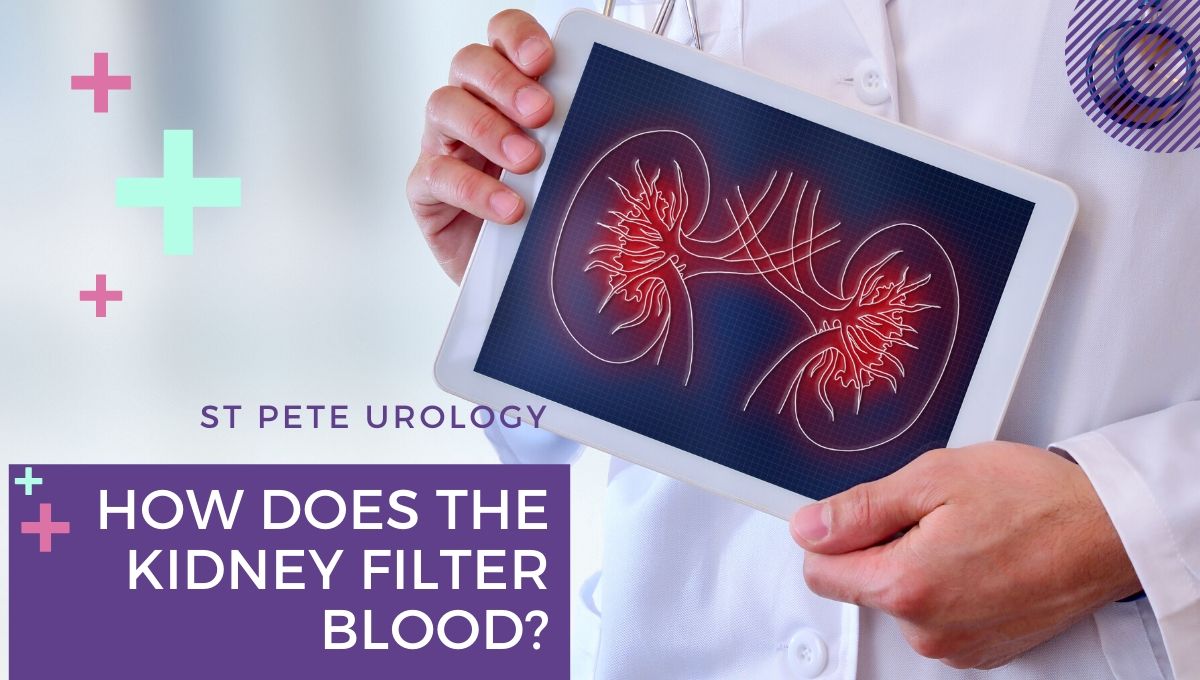

 For couples struggling to conceive a child, life might feel like a carousel, trying for the brass ring, month after month. It can put a lot of pressure on the relationship. But now there are fertility treatments that can put the chances of conception in your favor.
For couples struggling to conceive a child, life might feel like a carousel, trying for the brass ring, month after month. It can put a lot of pressure on the relationship. But now there are fertility treatments that can put the chances of conception in your favor.

 For many couples, trying and not being able to conceive a child is a stressful, emotional and frustrating time. Up to 15% of couples are infertile, meaning that they cannot conceive a child despite actively trying for a year or more. And for that 15%, over a third of these problems stem from issues caused by
For many couples, trying and not being able to conceive a child is a stressful, emotional and frustrating time. Up to 15% of couples are infertile, meaning that they cannot conceive a child despite actively trying for a year or more. And for that 15%, over a third of these problems stem from issues caused by 
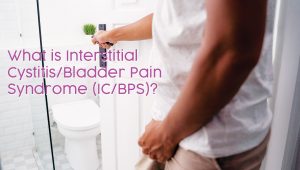 Bladder pain syndrome (BPS), medically known as
Bladder pain syndrome (BPS), medically known as 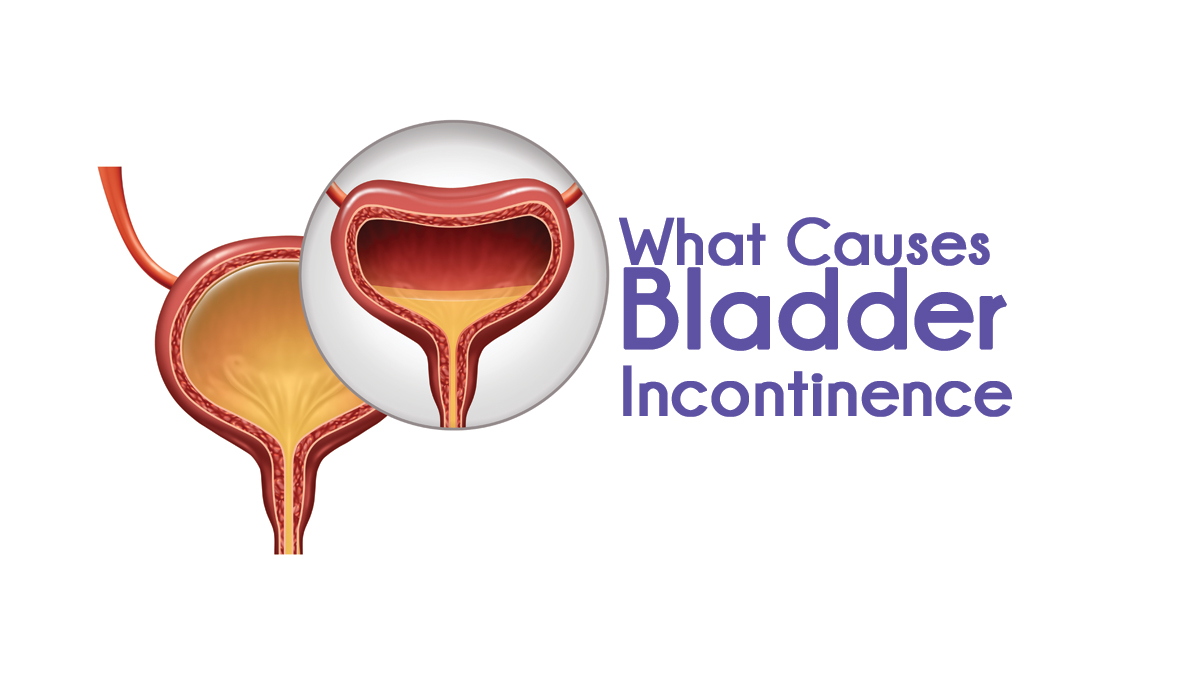

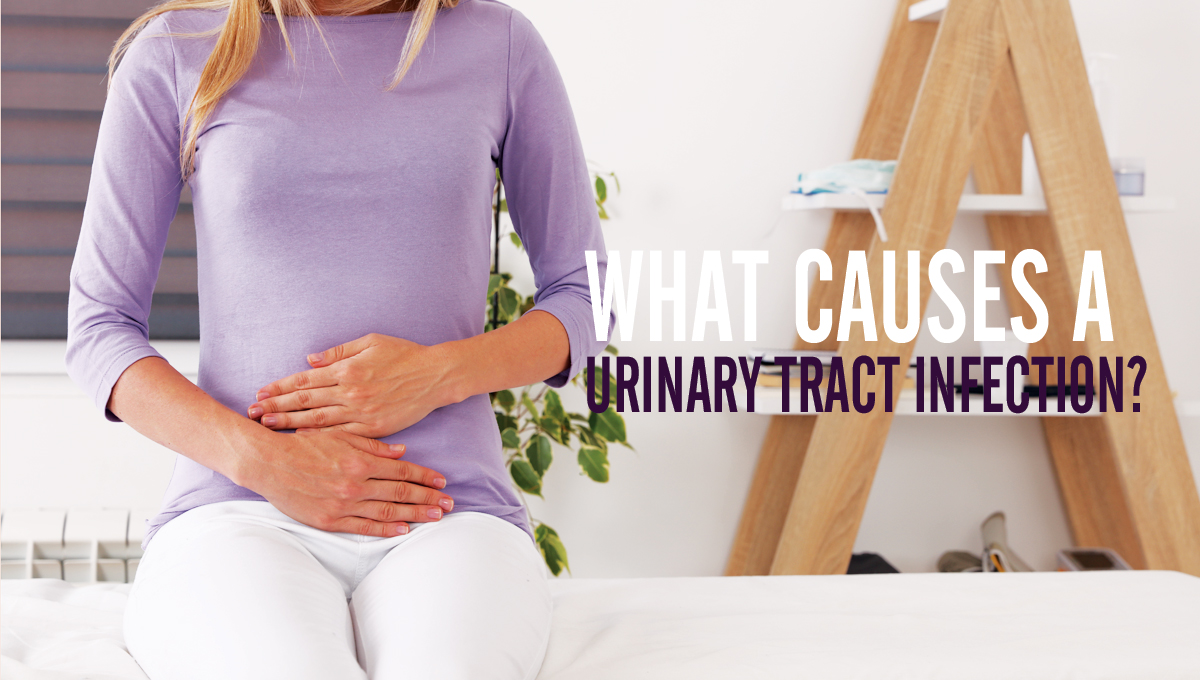
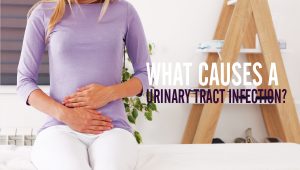 Urinary tract infections, or UTIs, can be diagnosed based on either symptoms or a urine sample test. The good news is that most
Urinary tract infections, or UTIs, can be diagnosed based on either symptoms or a urine sample test. The good news is that most 
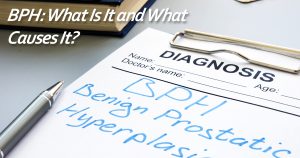 BPH is the abbreviation for benign prostatic hyperplasia, also called
BPH is the abbreviation for benign prostatic hyperplasia, also called 

